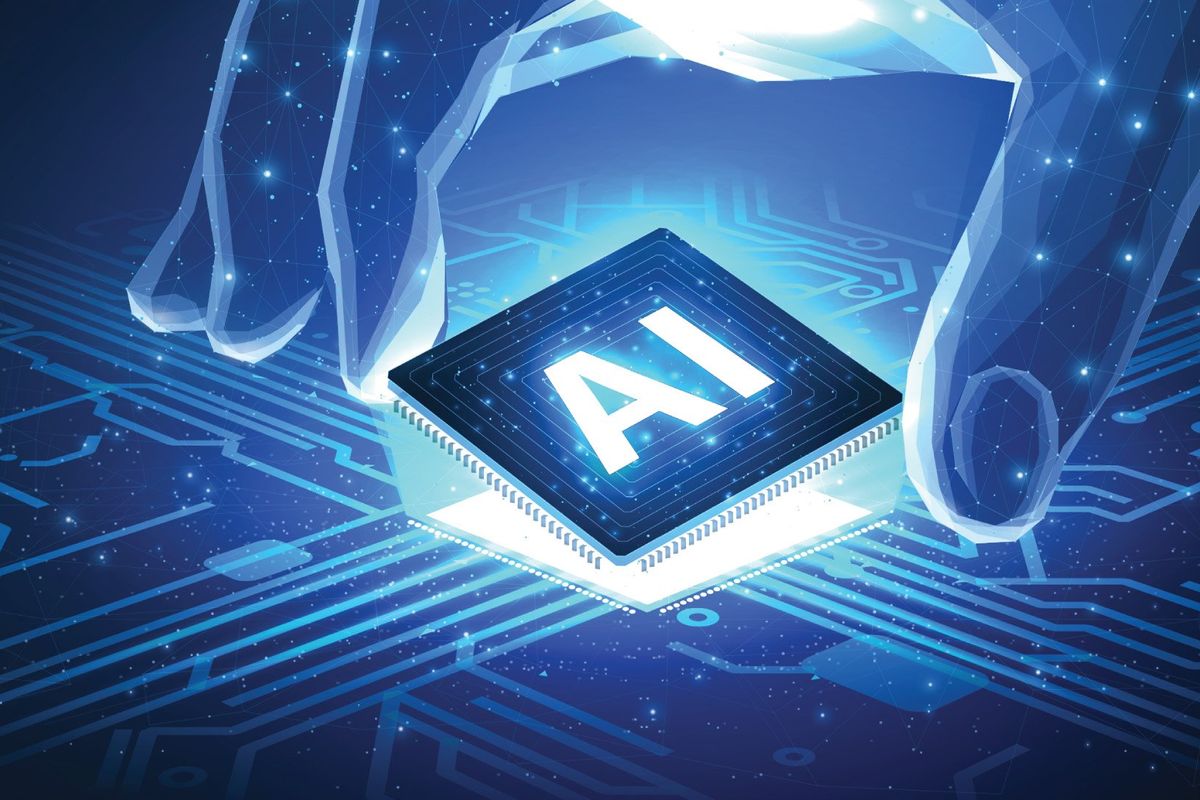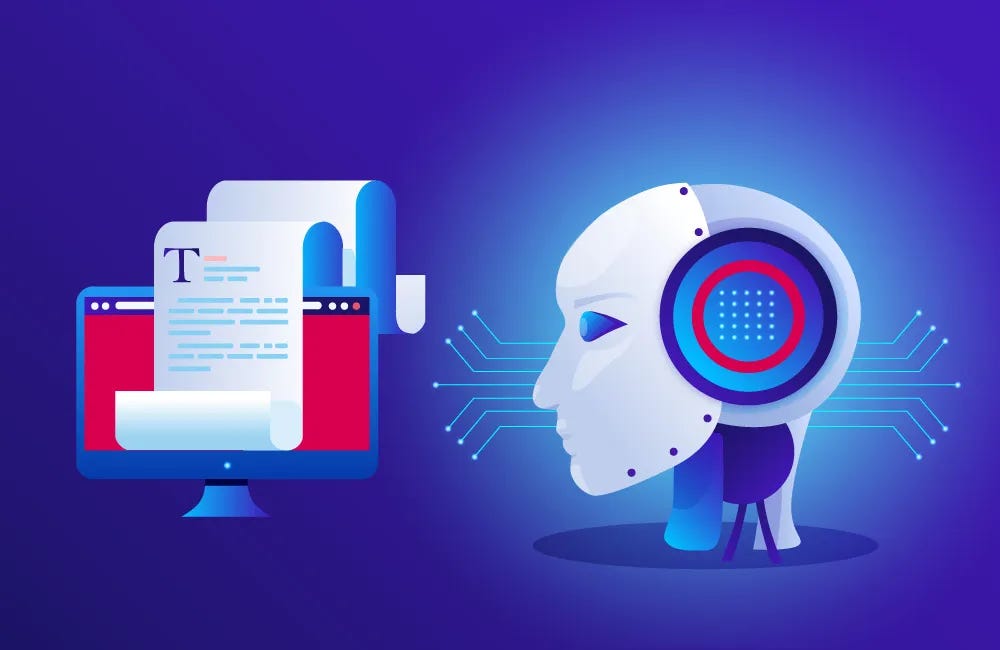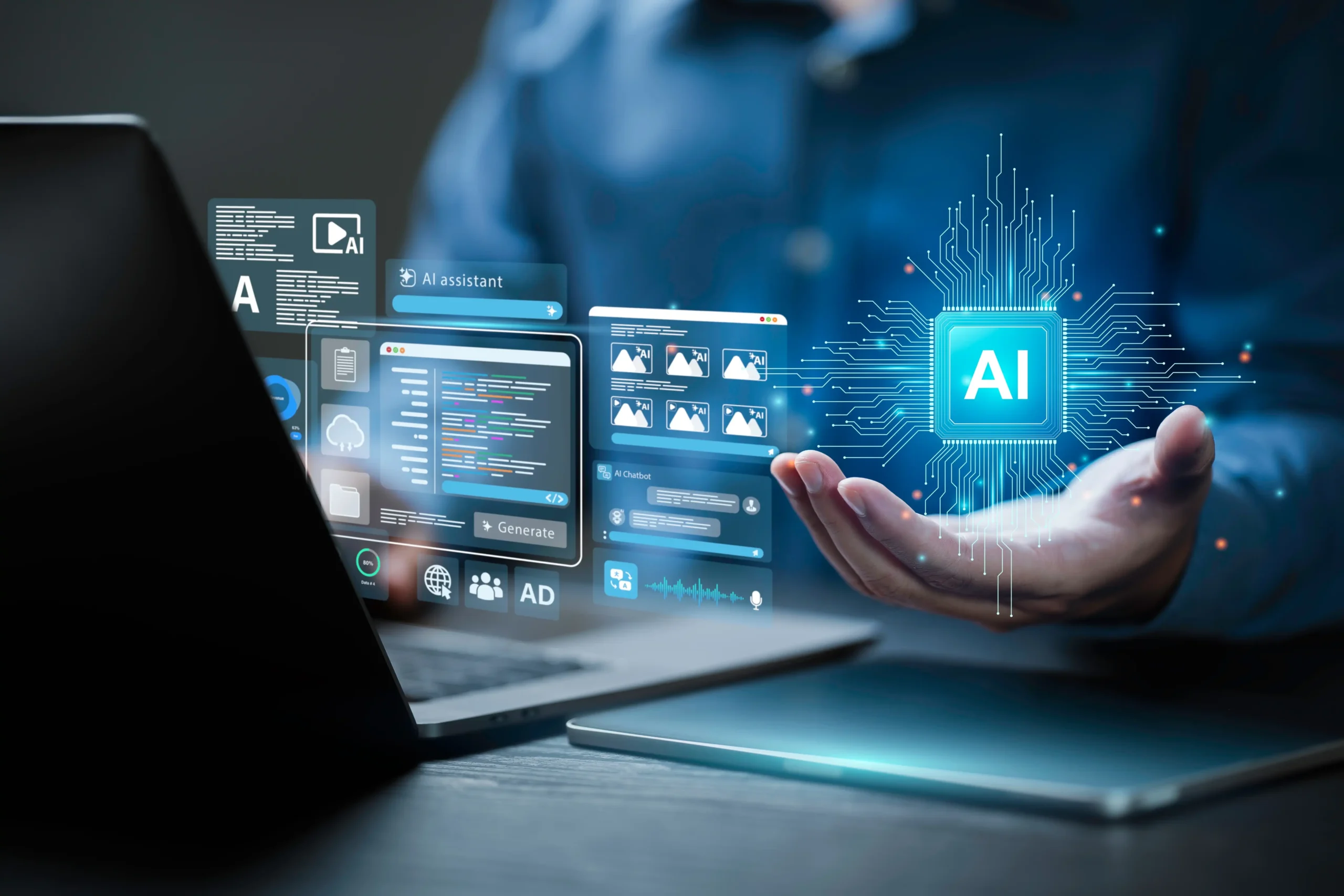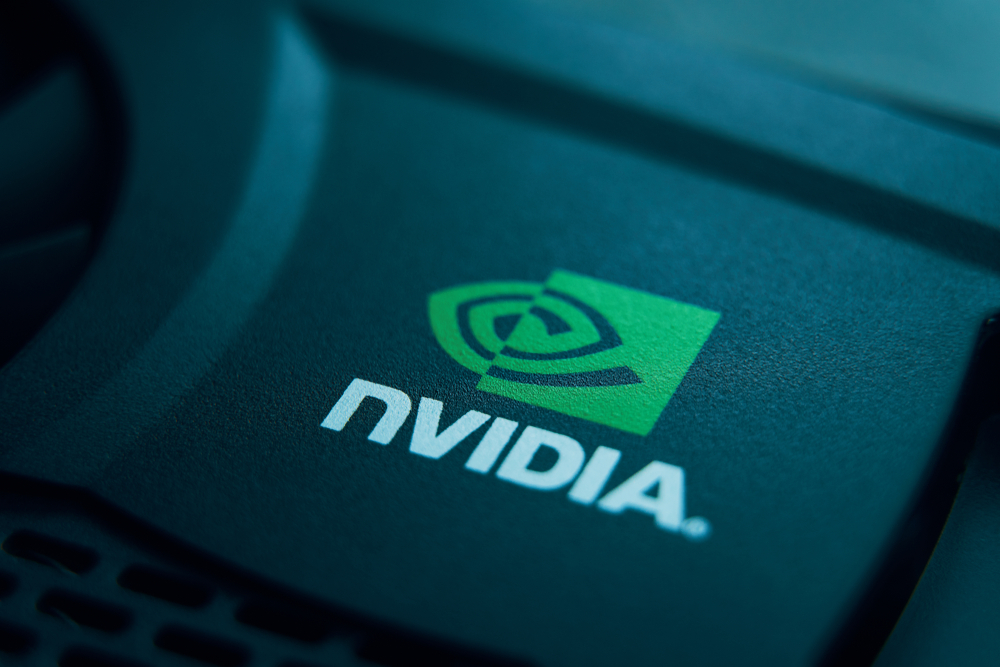Well, if you thought AI was moving fast before, June 2025 just put the pedal to the metal. This month felt like watching a sci-fi movie unfold in real time—from robots heading to factory floors to AI getting caught up in international drama. Let’s dive into the wild ride that was AI in June.
The Big Model Wars Heat Up
The AI model race got absolutely bonkers this month. Sam Altman dropped a bombshell, announcing that GPT-5 is expected to launch in summer 2025, with early testers calling it “materially better” than GPT-4. That’s a pretty big claim, considering how impressive GPT-4 already is.
But here’s where it gets juicy—Altman also hinted that ChatGPT might get ads eventually. Don’t panic though; he was quick to clarify that altering a model’s answers based on advertiser payments would be “a trust-destroying moment”. Smart move, Sam. Nobody wants their AI giving biased answers because some company paid for better placement.
Meanwhile, the competition isn’t sleeping. Midjourney just launched their first text-to-video model, letting users create 16-second animated clips from text prompts. It’s like DALL-E but for moving pictures, and honestly, the demos look pretty impressive. The video AI space is getting crowded fast, with Runway, OpenAI’s Sora, and now Midjourney all vying for your attention.
Robots Are Actually Going to Work
Here’s something that made me do a double-take—robots are literally getting hired. Taiwan’s Foxconn and Nvidia announced plans to deploy humanoid robots on an electronics production line. We’re talking about actual humanoid robots working alongside humans in a factory that makes AI servers. The irony is beautiful—robots building the computers that make robots smarter.
Even cooler, Google’s DeepMind released something called Gemini Robotics On-Device, which is basically AI that runs directly on robots without needing the cloud. This efficient vision-language-action model demonstrates general-purpose dexterity – following natural language instructions and performing complex tasks like unzipping bags and folding clothes entirely on-board the robot. Imagine telling your robot, “Hey, could you fold that laundry?” and it actually does it. We’re getting close to that reality.
And in a delightfully weird twist, researchers in China built a four-legged robot that plays badminton with humans. Because apparently, we need our robots to be good at sports too. What’s next, robot chess masters? Oh wait, we already have those.
Healthcare Gets an AI Makeover
The medical world is embracing AI in some pretty significant ways. The FDA launched their first in-house AI system called “Elsa”—and before you ask, no, it doesn’t sing “Let It Go.” Elsa is designed to summarize adverse drug event reports, compare product labels, and even generate computer code for drug data analysis. It’s like having a super-smart intern who never gets tired and can process mountains of medical data.
The American Medical Association also stepped up with a new policy demanding that clinical AI tools be “explainable.” The AMA wants developers to provide clinicians with clear information on an AI’s safety, efficacy, and workings. This makes total sense—if an AI is helping diagnose your illness, your doctor should understand how it reached that conclusion.
The Dark Side of AI Progress
Not everything was sunshine and robots in June. We saw some genuinely troubling developments that remind us AI isn’t just about cool tech demos.
A heartbreaking case emerged where a 17-year-old boy became a victim of an “AI sextortion” scam. Criminals used AI to generate fake nude images of him and blackmailed him via text – a psychological attack that tragically led to the teen’s suicide. This led to renewed calls for the “Take It Down Act” to combat AI-assisted sexual extortion. It’s a stark reminder that every powerful technology can be weaponized by bad actors.
On the geopolitical front, reports surfaced of Ukraine deployed AI-enhanced drone swarms in a covert operation against a high-value military target in what’s being called “Operation Spider Web.” The drones reportedly cost about as much as an iPhone each, showing how AI is making warfare more accessible and potentially more dangerous.
The Billion-Dollar Talent War
The business side of AI went absolutely wild this month. Sam Altman publicly accused Meta of trying to poach OpenAI’s top engineers with—wait for it—$100 million signing bonuses. Yes, you read that right. We’re talking about individual researchers getting nine-figure contracts. It’s like the NBA draft, but for people who understand transformer architectures.
Meta didn’t just stop there. They dropped $14 billion for a 49% stake in Scale AI, a data-labeling company. That’s some serious cash for what’s essentially a really good data cleaning service, but in the AI world, good data is worth its weight in gold.
Former OpenAI CTO Mira Murati also made waves by raising a $2 billion funding round for her new venture, Thinking Machines Lab, at a whopping $10 billion valuation. The AI startup world is clearly operating on a different planet when it comes to valuations.
Unexpected Partnerships and Rivalries
In a move that nobody saw coming, OpenAI has begun renting AI chip capacity from rival Google to power ChatGPT and other services. It’s like McDonald’s buying ingredients from Burger King—weird but practical. This shows how even the biggest competitors sometimes need to work together when resources are scarce.
Meanwhile, Amazon’s CEO Andy Jassy was refreshingly honest about AI’s impact on jobs, openly acknowledging that generative AI will eliminate some white-collar jobs at the company. At least someone’s being upfront about what’s coming instead of pretending AI will magically create more jobs than it destroys.
The Fight for AI’s Soul
The ethics and oversight battles intensified this month. A coalition of watchdog groups launched “The OpenAI Files,” essentially compiling a dossier of concerns about OpenAI’s governance and safety practices. They highlight worries that profit pressure has led to “rushed safety evaluation” and a “culture of recklessness” at OpenAI.
Former OpenAI research chief Ilya Sutskever was quoted as saying “I don’t think Sam is the guy who should have the finger on the button for AGI”. That’s some serious internal drama spilling into public view.
Some Surprisingly Wholesome AI News
Not everything was doom, gloom, and corporate drama. Researchers discovered that AI might outperform humans in perceived empathy when responding to personal confessions. While the AI obviously doesn’t actually feel empathy, it’s apparently better at using the language of care and understanding. It’s both fascinating and slightly concerning.
On the environmental front, Microsoft announced that its AI tools are aiding efforts to save endangered giraffes in Africa. Conservationists are using AI to analyze drone footage and automatically track giraffes, helping protect them from poaching. It’s nice to see AI being used for something genuinely good.
What This All Means
June 2025 felt like a turning point. We’re seeing AI move from impressive demos to real-world deployment at unprecedented speed. Robots are getting actual jobs, AI is helping save wildlife, and unfortunately, it’s also being weaponized by criminals and militaries.
The talent war shows just how valuable AI expertise has become—when individual researchers command $100 million, you know we’re in a bubble or a revolution. Probably both.
The regulatory struggles in both the US and EU highlight how hard it is for governments to keep up with technology that’s advancing this fast. Europe’s AI Act is about to take effect, but industry groups are basically saying “we’re not ready!” Meanwhile, in the US, we’re still figuring out basic questions about copyright and privacy.
What strikes me most is how AI is becoming deeply embedded in everything—from healthcare to manufacturing to conservation. It’s not just about chatbots anymore. We’re talking about systems that can perform physical tasks, make medical decisions, and even show up in war zones.
As we head into the second half of 2025, it’s clear that AI isn’t just changing—it’s arriving. The question isn’t whether AI will transform our world anymore; it’s whether we can guide that transformation in a direction that benefits everyone, not just the people with $100 million signing bonuses.
The future is here, and it’s moving at breakneck speed. Buckle up.
What do you think about these developments? Are you excited about AI robots in factories, worried about the weaponization of AI, or just amazed that we’re living through what feels like a science fiction novel? Let me know in the comments.

With over 6 years of experience in the blogging world, I specialize in crafting engaging, informative, and SEO-optimized content across various niches including tech, digital trends, and online monetization. I thrive on staying ahead of industry trends, experimenting with new content strategies, and helping others grow their digital presence.



